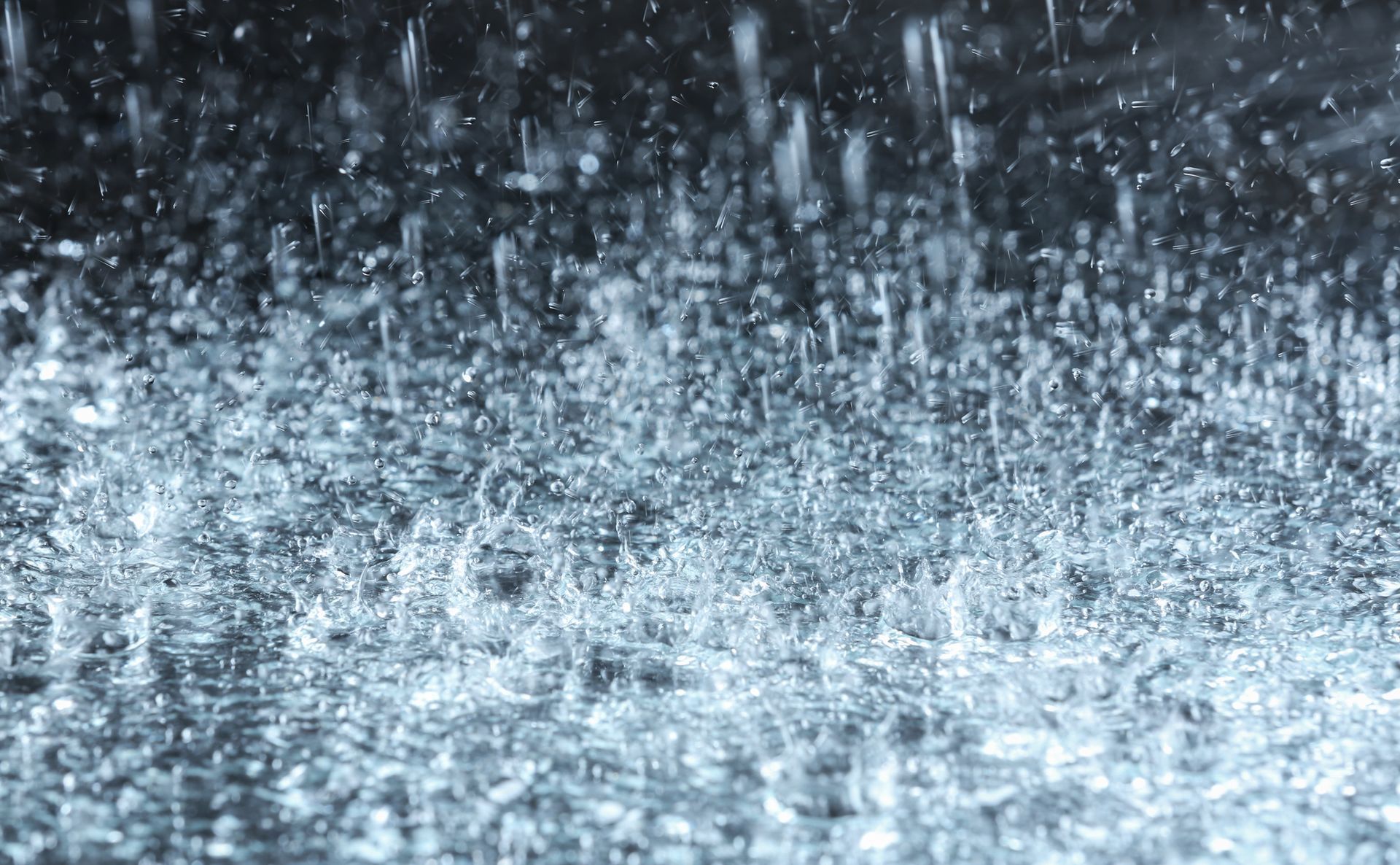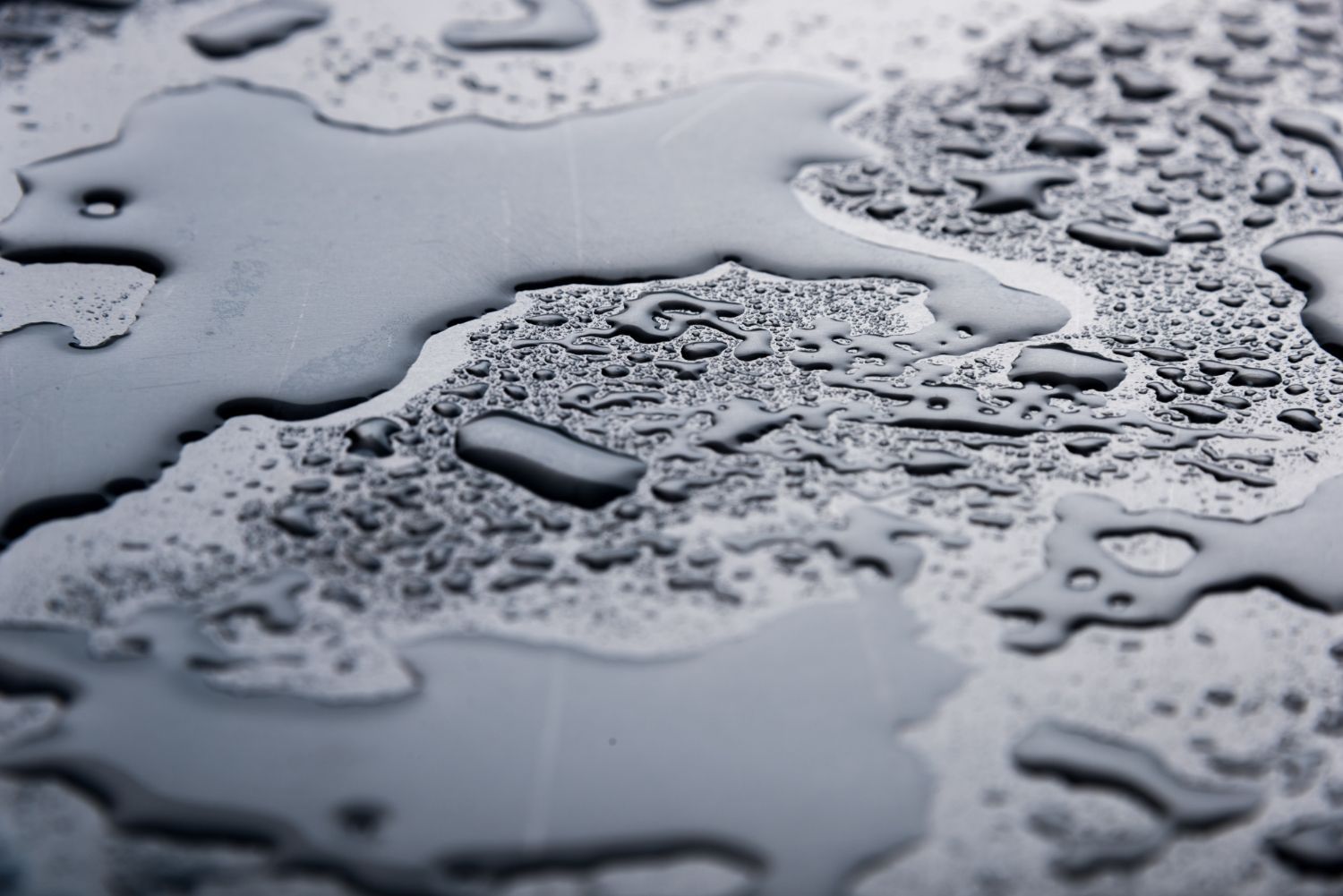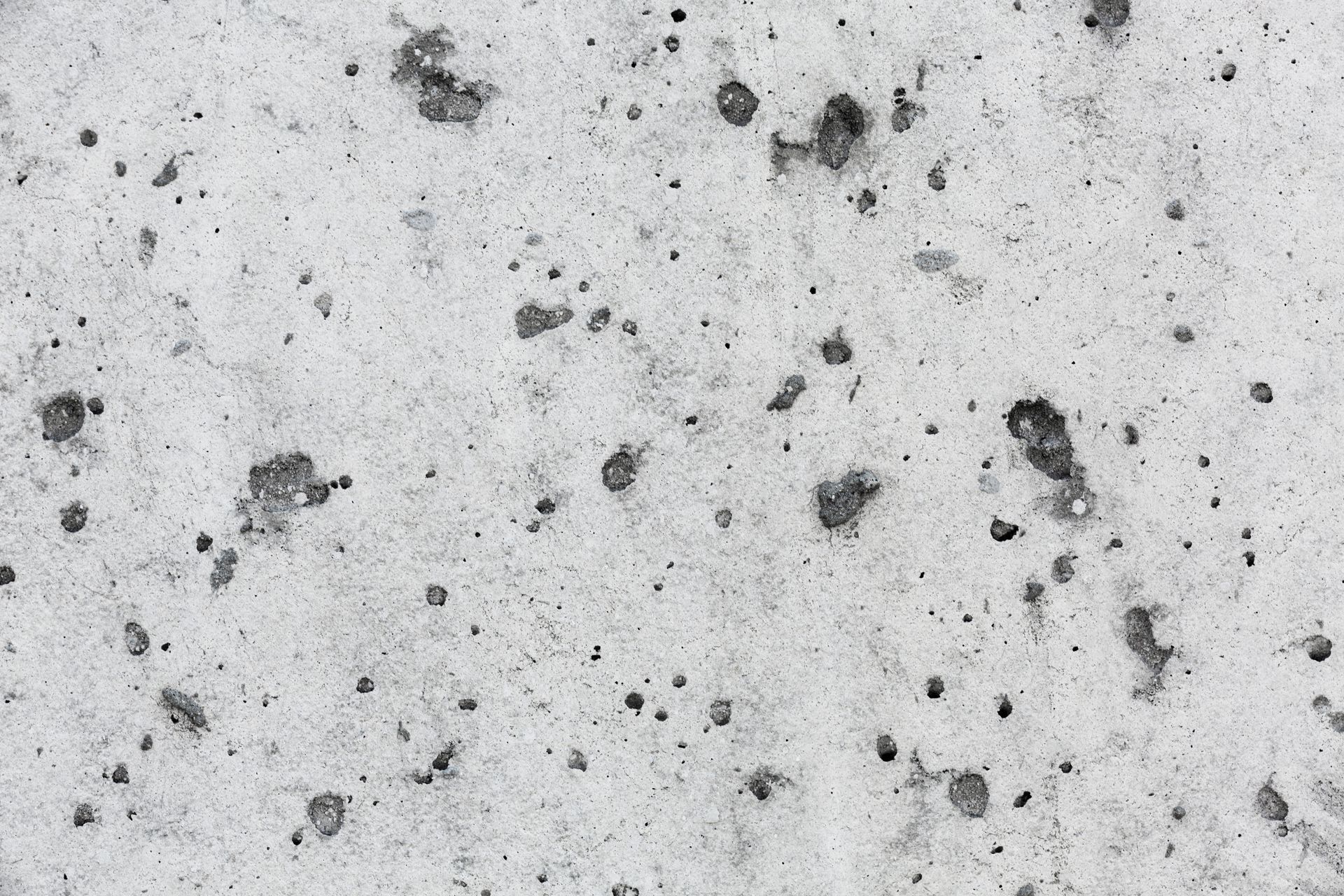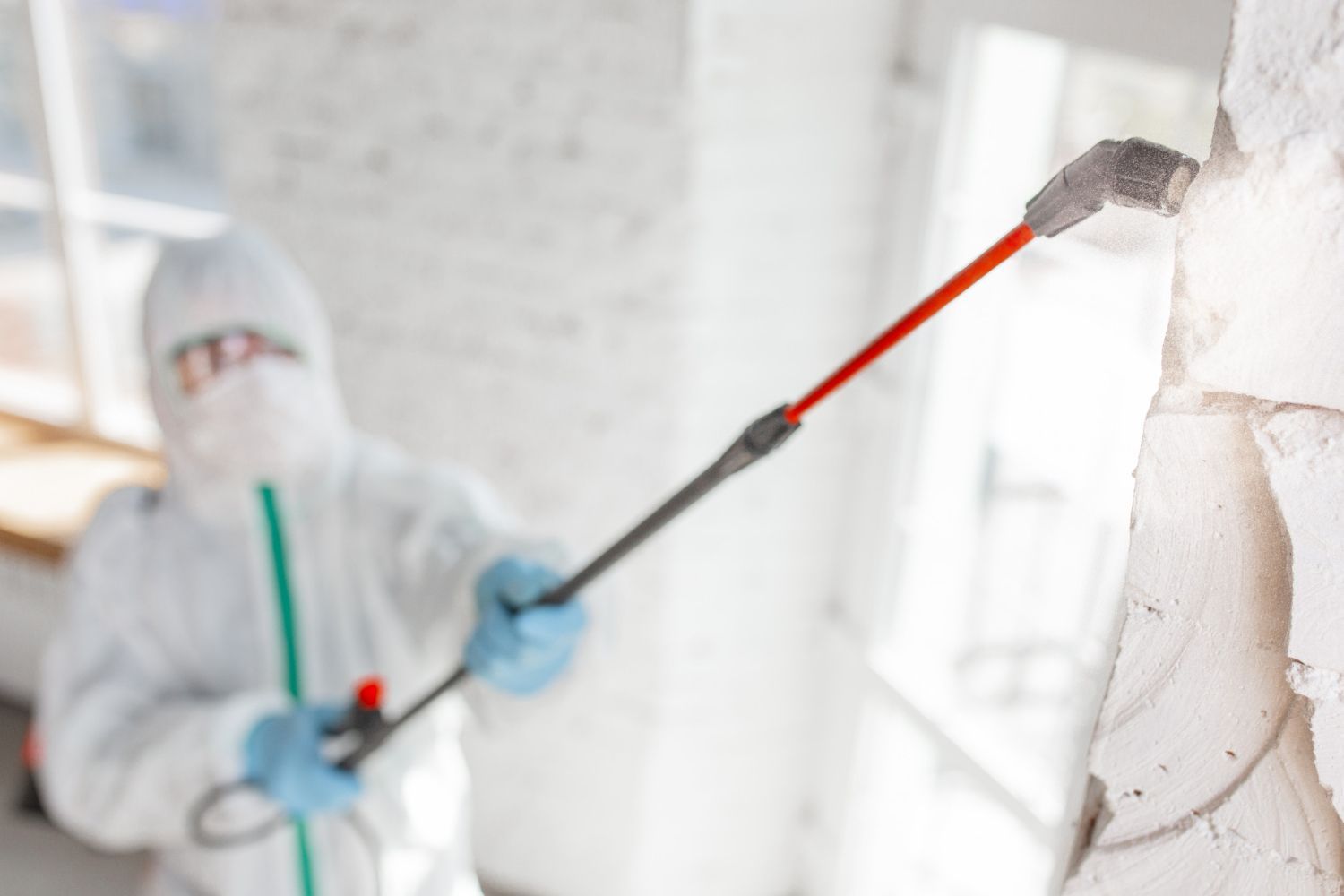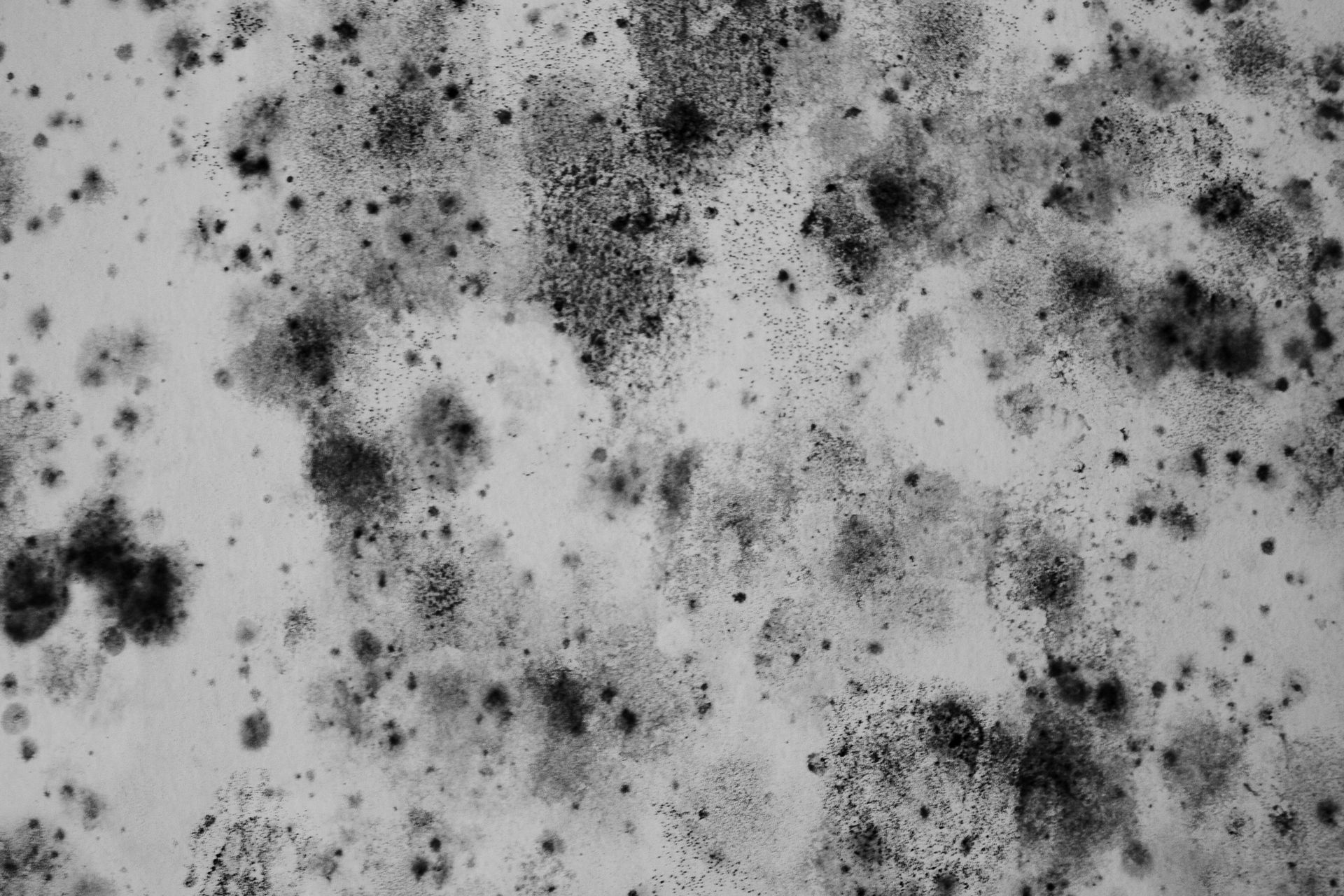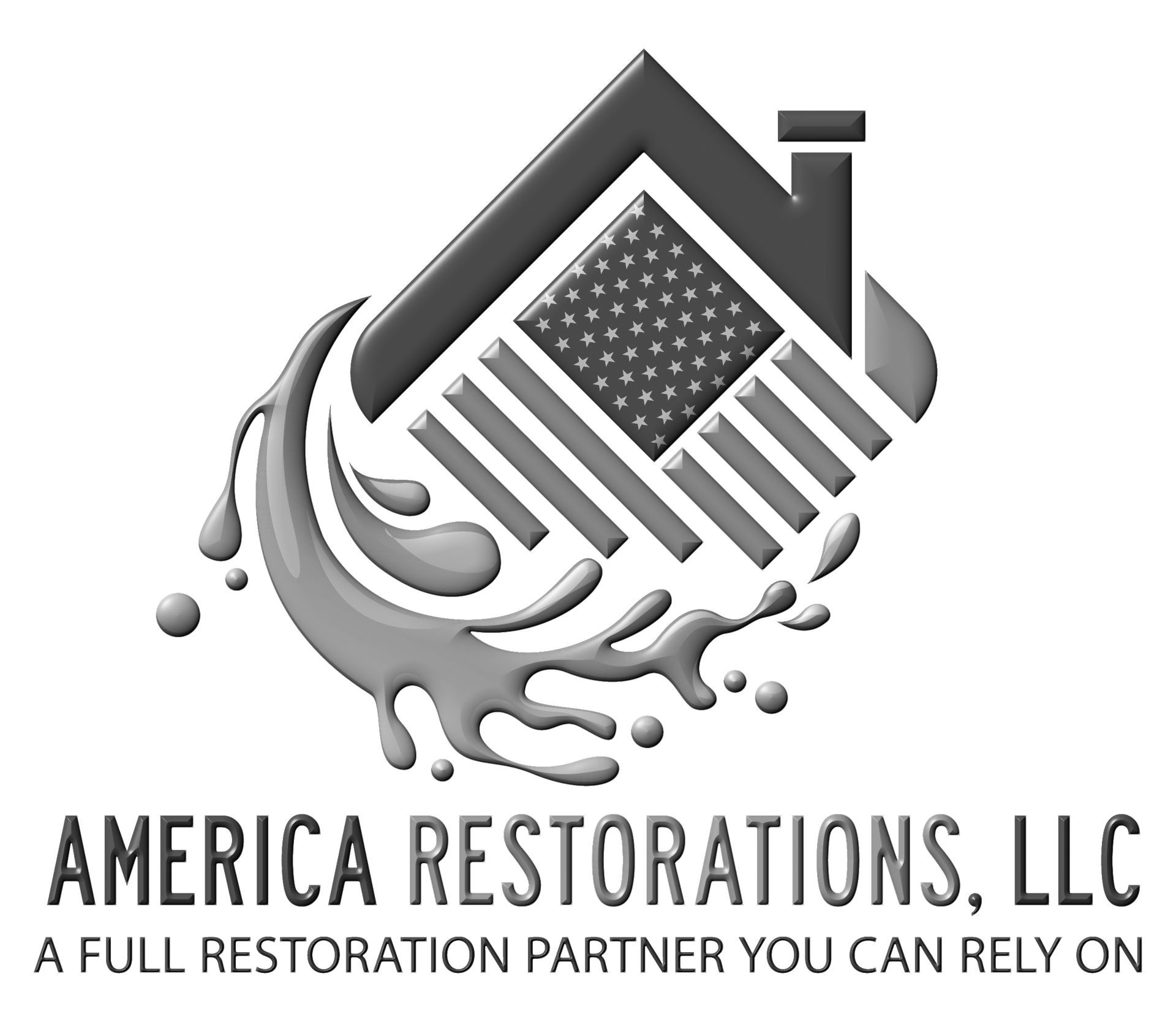Is It Spring Allergies or Mold?
Is It Spring Allergies or Mold? Understanding the Difference -Odenton, MD

As the weather warms and flowers begin to bloom, many individuals find themselves grappling with annoying symptoms such as sneezing, congestion, and itchy eyes. While these symptoms are often attributed to seasonal allergies, they could also be indicative of another culprit: mold. Distinguishing between spring allergies and mold-related symptoms is crucial for effectively managing your health and addressing potential indoor air quality issues.
Spring allergies, also known as hay fever or allergic rhinitis, are triggered by exposure to airborne pollen from trees, grasses, and weeds. Common symptoms include sneezing, runny or stuffy nose, itchy or watery eyes, and coughing. These symptoms typically occur in response to outdoor allergens and tend to worsen during the spring and fall when pollen counts are highest.
On the other hand, mold allergies are caused by exposure to mold spores, which thrive in damp, humid environments both indoors and outdoors. Mold spores can be found in areas such as bathrooms, basements, attics, and crawl spaces, as well as on decaying organic matter such as leaves and compost. Symptoms of mold allergies may include nasal congestion, sneezing, coughing, wheezing, throat irritation, and skin rash. Unlike seasonal allergies, mold-related symptoms can persist year-round and may worsen in damp or humid conditions.
Distinguishing between spring allergies and mold-related symptoms can be challenging since they often overlap. However, there are some key differences to consider:
- Persistence: Spring allergies tend to come and go with changes in pollen levels, whereas mold-related symptoms may persist or worsen in damp or moldy environments regardless of the season.
- Location: If your symptoms are primarily occurring indoors or worsen when you're inside certain areas of your home, such as the basement or bathroom, mold exposure may be the culprit.
- Seasonality: While mold allergies can occur at any time of year, they may be more prevalent during the spring and summer months when humidity levels are higher and mold growth is more rampant.
If you suspect that mold may be contributing to your symptoms, it's essential to take action to identify and address any mold issues in your home. This may involve conducting a visual inspection for signs of mold growth, testing indoor air quality for mold spores, and addressing any moisture problems or water damage that may be promoting mold growth.
In conclusion, while spring allergies and mold-related symptoms share many similarities, it's important to consider the context of your symptoms and take appropriate steps to identify and address any potential mold issues in your home. By understanding the difference between spring allergies and mold allergies, you can take proactive measures to protect your health and improve indoor air quality. Call America Restorations, LLC. for mold removal services.



